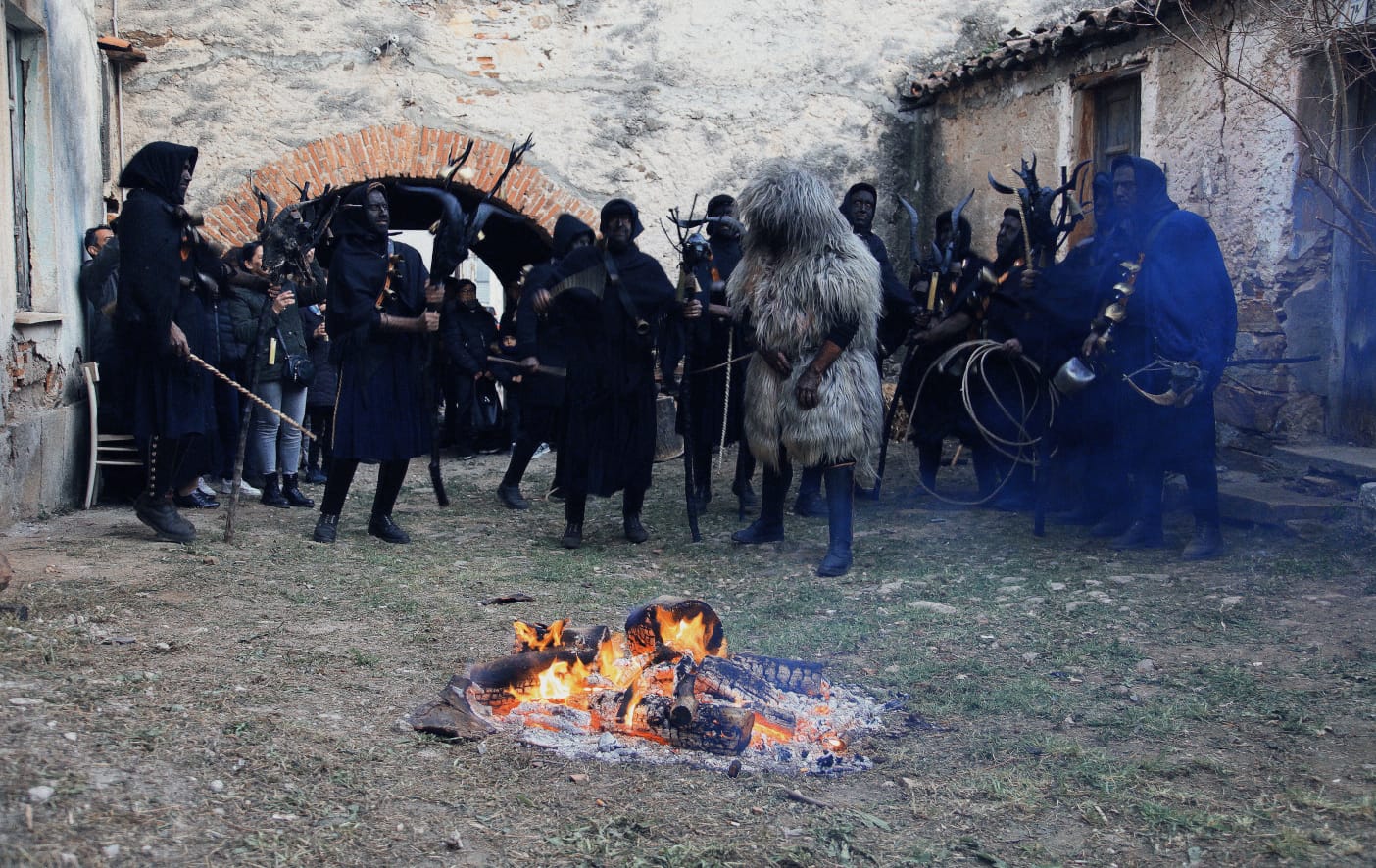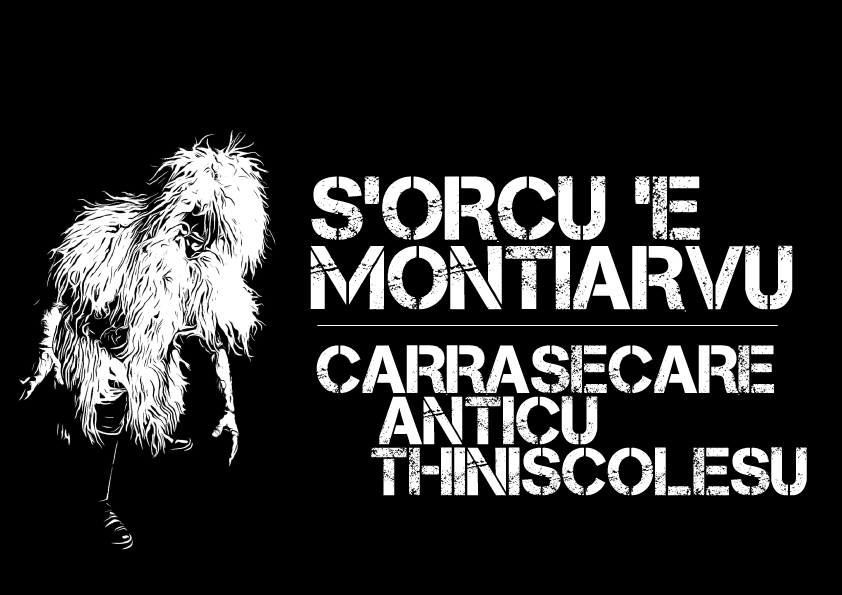Siniscola
The name may derive from the Latin “finis scholae” (end of the village, of the territory) or “finis collis” (at the bottom of the mountain). In fact, the village lies on the slopes of Monte Albo, and has a history of great importance since it was located between the Giudicato of Gallura and that of Torres.
As in all the other towns of Sardinia, Carnival (meaning “meat to be cut”, “to cut the meat”) took place in winter, and was a ritual linked to the earth, to the passing of agricultural time and Nature, who was considered the Mother Goddess on whom life depended. Dionysus is the God that it was necessary to ingratiate to have a good harvest during the year, and therefore the food necessary for survival, so that animals could reproduce, as well as to have rain and fruit in the spring.
To the God was sacrificed the animal, s’Orcu, which was taken out of its prison on Monte Albo and brought to the village, to be tamed by whipping and beating. Its passage was heralded by the sound of pitchforks and rattles and was accompanied by other protagonists of the rite: su Guardianu, sos Tintinnatos, su Voe Jacue and sas Partorjas, in a raw Dionysian rite of pain, death and life. Life that will be reborn after the sacrifice of the animal, of S’Orcu, of the evil.

